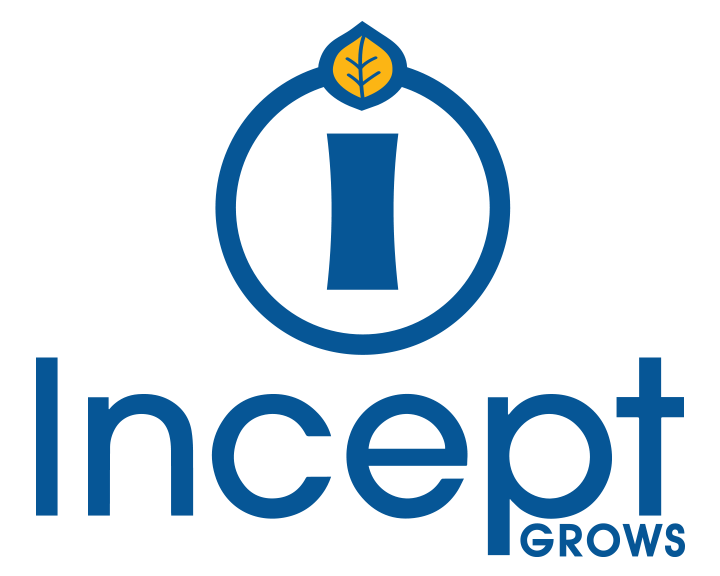Best Practices in B2B Customer Segmentation
Learning how and why your customers make buying decisions can teach you a lot about the industry your serve. If this information is recorded, analyzed, and leveraged appropriately, it can lead to a sizable lift in revenue and set you up for sustainable growth going forward. Here's a breakdown of things to keep in mind when conducting your initial customer segmentation campaign.
What do you need?
- Purchase History Data
- Anecdotal Information
- Customer Demographics
Generally, customer segmentation happens by analyzing purchase history data alongside anecdotal information. It's usually pretty easy to acquire the purchase history data for your entire customer base by pulling a report from your ERP.
The demographic info is also relatively easy to acquire using something like ReferenceUSA or a simple web search. Look for employee count, annual revenue, industry, and geography.
The anecdotal data probably needs to come in the form of a voice-of-the-customer survey.
Crafting a survey
- Smart, open-ended questions
- Carried out by a third-party
What we're referring to here is a third party conducts a survey on your behalf. This survey should consist of verifying demographic information plus 3-5 open-ended questions. Here are some examples:
- What led to your decision to use Company A?
- What factors contribute to how frequently you place an order from Company A?
- What can we do to continue to serve you better?
- What else would you like to see Company A do for you?
Aggregating the data
There are plenty of quality data analytics partners out there who would be happy to help you aggregate, organize, and analyze the data you pull together.
However, as a first step, it could be as simple as putting together a basic spreadsheet with each customer's purchase history, demographic, and anecdotal data compiled into one report. From there, some trends might jump out.
Analyzing the data
Don't panic - this is a basic, initial implementation, remember? The word 'analyze' doesn't need to be scary. There are big firms out there that will conduct analytics and throw around words like 'big data.' That's not necessarily what we're talking about here. We're talking about your data from your current customer base all put together in a format that we can look for trends.
Do you see any columns that all seem to have the same answer? That's a trend. This could be something as simple as, the State column having most 'OH' in it. Or, if you look at the column for the question, "What led to your decision to use Company A?" and every answer is, their prices were lowest, that's a trend and is worth noting.
Note all of those trends, and then go through the list and start placing them in buckets. As an example, one company I worked with ended up segmenting their customer base down by employee count, and then each had sub-segments. The largest customer segment was the 50-100 employees who used internal processes as opposed to outsourcing their particular application. The next largest segment was 50-100 employees who outsourced this same application.
You may find that the buckets look entirely different than that - maybe your segments are based around geographic trends (for example, OH-based companies, sub-segmented by employee count; TX-based companies, sub-segmented by employee count).
Next steps
- Strategies for growing current customers
- Strategies for approaching lapsed customers
- Strategies for acquiring new customers
Once you have the segments finalized, you can begin creating strategies for how to grow you current customer base. What segments of your current customers need to either buy another product you sell or to buy the same product again, more frequently?
After you've upsold/cross-sold your current customers, it's time to look back through the archives to lapsed customers. Wherever that data lives, dig it out and use the same segments to group up your lapsed customers. Then create strategies to approach and reactivate those customers.
Lastly, using the same segmentation guidelines, you can acquire a list of prospective companies to begin targeting in attempt to bring them on as new customers. What strategies apply to these segments of prospective customers?
